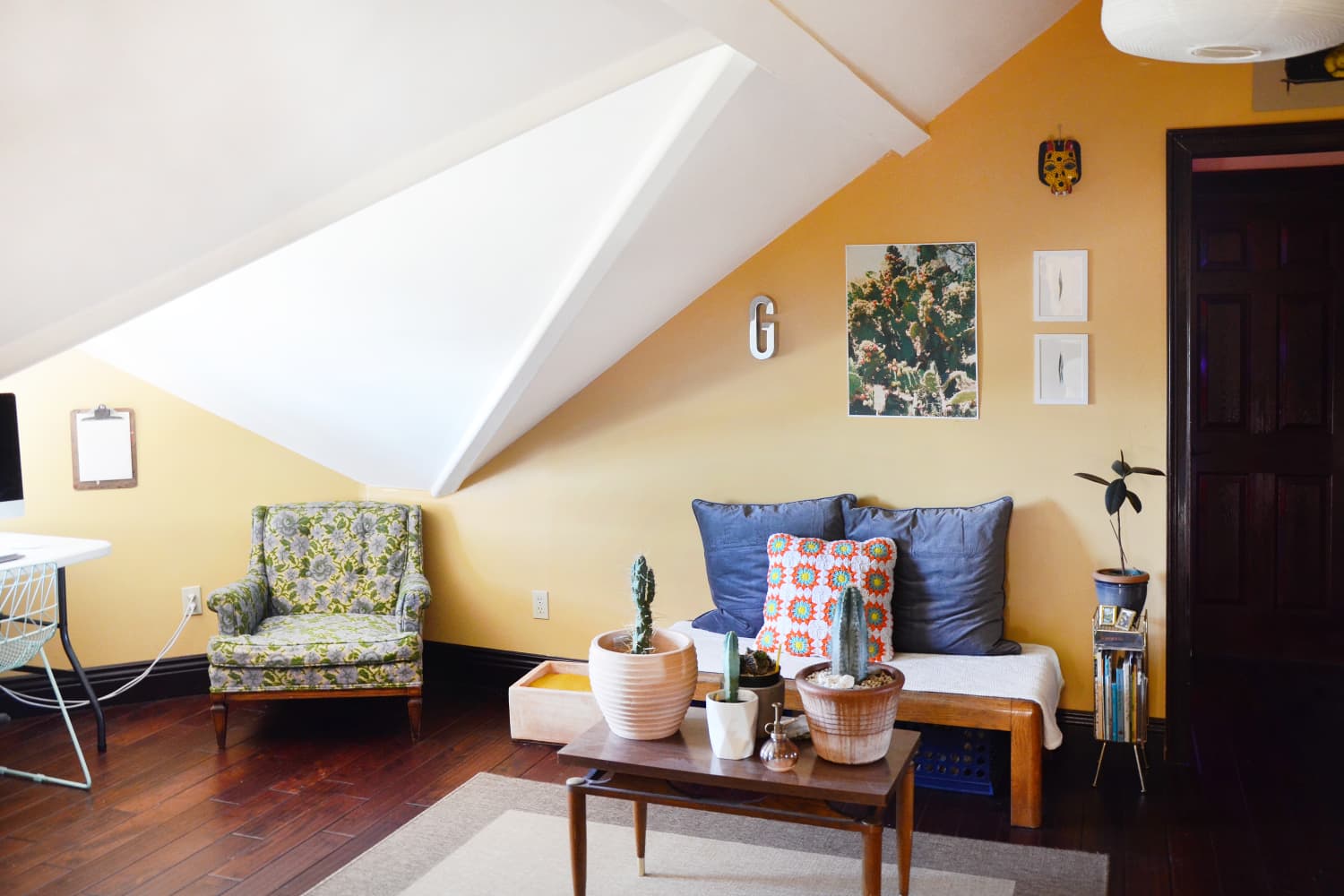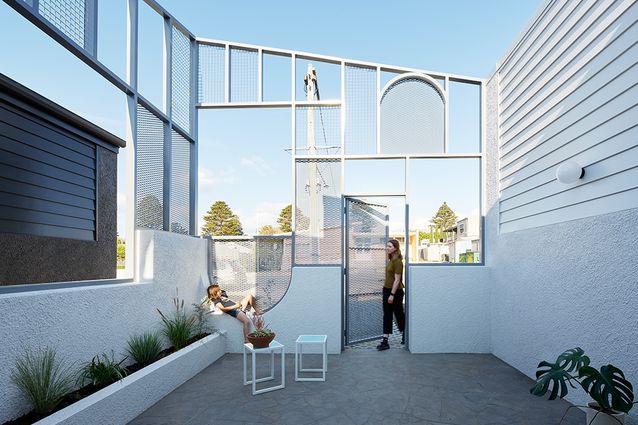[ad_1]
It’s been a long, cold winter and unfortunately, it’s not quite over. While you may have been able to keep your living room and bedroom warm, you might be finding yourself shivering while doing laundry, working in the garage, or spending time in the basement or an ADU. These areas often lack insulation, as well as heating and cooling systems, so they’re not comfortable for the long haul. But there are steps that you can take to help make these zones more hospitable. Here’s what pros advise for cozying up these overlooked spots for the rest of winter and beyond.
Keep garage doors closed, and weatherstrip any entryways.
This will, of course, keep your garage warmer — but it will also help with any bordering rooms, which can include laundry/utility rooms, basements, and attics.
Mark Dawson, chief operating officer at One Hour Heating and Air Conditioning, recommends a basic but important solution: Ensure your garage door is closed at all times to maintain maximum heat.
Beyond that, installing weatherstripping and door sweeps on any entries and exits can help keep cold air from making its way in. Heavy curtains on any windows will also help with insulation.
Get a pro to install blown-in insulation in your attic.
Leslie Cloonan, Director of Customer Solutions at HomeX, has 25 years of experience in the HVAC industry and says there’s a go-to fix for those freezing attics. “To increase attic insulation levels, which is a great long-term solution, insulation is blown in via a machine operated by an insulation contractor,” he says. While the project can be pricier, starting around $1500 depending on the depth of insulation needed and the square footage, it will last longer than short-term fixes. The end result is “less heat transfer and ultimately greater cost savings.”
Keep in mind: This solution also helps keep cold air inside during summer, when attics can be boiling hot.
If there are vents, make sure they’re not blocked.
While you’re unlikely to have any heating in garage spaces, it’s possible there are vents in your basement, laundry room, utility space, or attic that are blocked or closed. Make sure these are open and unobstructed to take full advantage of the heat that’s already circulating in your home.
If you don’t have heating vents, Marla Mock, VP of Operations at Aire Serv, recommends looking into having them installed. “This method can solve your cold basement issue but depending on the design of your home and the type of heating system you have, this can be a significant investment in time and money,” she says. She recommends consulting an HVAC professional to determine if this is possible in your space.
Fake double-paned windows.
This is a great solution for parts of your house like the basement, garage, or attic, since it’s not pretty — but is extremely effective.
Valerie Mastalka, senior product marketing manager for heating at Lennox, recommends adding window insulation film, which is plastic shrink film applied to the indoor frame and attached with double-sided tape. It helps create an extra barrier between the outside and inside, which helps keep warm air in and cold air out.
Add rugs and other textiles.
It’s hard to feel warm and comfortable when you’re setting foot on a chilly cement floor. Area rugs go a long way in making unfinished spaces feel cozy; you can also go the extra mile and hang rugs or tapestries on the walls to maximize the insulation.
Be careful with space heaters.
Experts are torn on using space heaters to warm up a room. Lauren Salz, CEO of Sealed, doesn’t recommend them. “They’re very inefficient,” she says. “They operate like mini toasters that you plug into the wall as a band-aid solution to a much larger problem.”
Salz also worries about the fire hazard aspect of using them, and says that if you do use one, you should strictly follow safety precautions and use a cool-mist humidifier to combat scratchy throats and skin.
Mock, on the other hand, is a fan: “Investing in a high-quality space heater is a fantastic way to heat your space without busting your budget. However, it’s recommended to use this on a temporary basis. If you rely on it a lot, you will notice an uptick on your electric bill.” She says to both turn off and unplug the unit before leaving the room. If this is the route you are going, Mock suggests doing your research on the various types to make sure you get the one that’s right for you:
Also important to note: Never use a propane heater or other outdoor-rated device inside. These heaters emit carbon monoxide and indoors, that can cause sickness and even death.
[ad_2]
Source link











